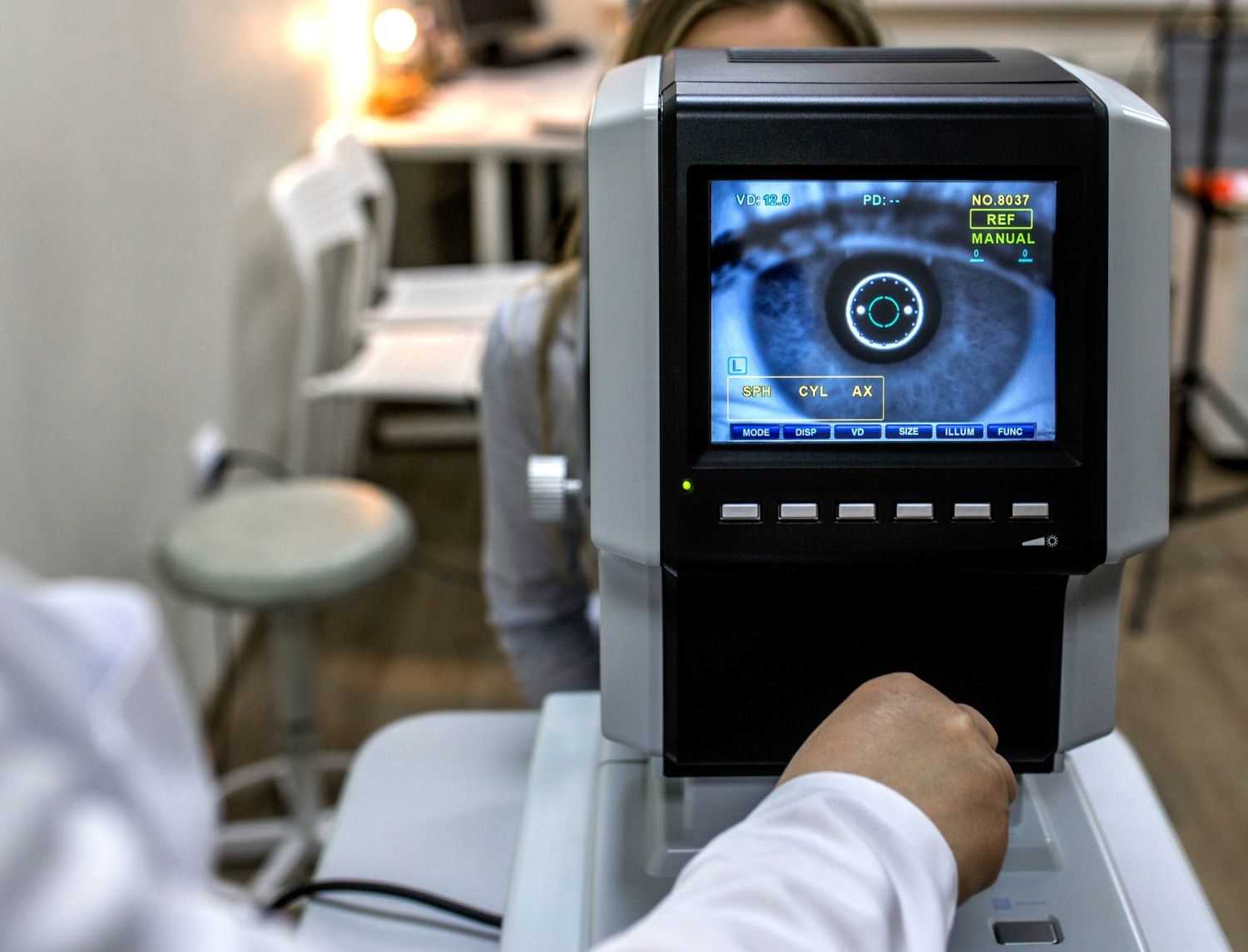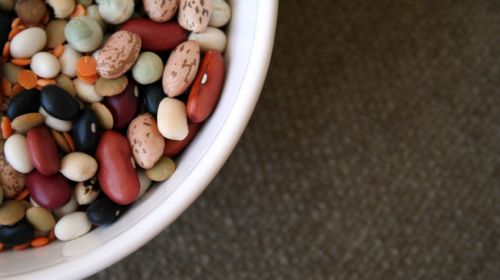Persistently high blood sugar levels are bad for the blood vessels. This also applies to the very fine veins in the retina of the eye. If the diabetes setting is poor, eyesight may deteriorate and even blind. All about prevention, symptoms and treatment of diabetic retinopathy.
- Regular ophthalmological examinations are recommended to monitor diabetic retinopathy.
- © iStock.com/mingazitdinov
Diabetes causes damage to the blood vessels. If the retina of the eye is affected by this damage, this can lead to a reduction in vision or even blindness – in this case, the doctor speaks of diabetic retinopathy. Such retinopathy occurs in about a quarter of people with type 1 diabetes, with type 2 diabetes the incidence is about half as high at 12.5 percent. Every third person affected already has changes in the retina at the time of diabetes diagnosis. On average, one in 5,000 people with diabetes go blind every year due to diabetic retinopathy.
Overview of article content
Causes of Diabetic Retinopathy
An increased blood sugar level leads to the accumulation of fat and protein substances in the vessel walls, which is known as microangiopathy. Vascular bulges, so-called microaneurysms, form from which blood can escape. In this early stage of the disease – also called "non-proliferative retinopathy" – the person affected does not notice anything about it.
The situation worsens over the course of the disease, especially with poorly controlled diabetes. Individual blood vessels can become blocked by the deposits; the body reacts by forming new blood vessels in the retina to compensate for the poor oxygen supply. This affects the function of the retina. Finally, blood vessels that have grown into and burst into the vitreous lead to bleeding into the vitreous. The view becomes blurry. This form of retinopathy in diabetes is called proliferative. Visual impairments up to retinal detachment and blindness are the result. In some cases, the macula, the area of the sharpest vision of the retina, is also affected. In this case, one speaks of diabetic maculopathy or macular edema.
Symptoms of diabetic retinopathy
Diabetic retinopathy remains symptom-free for a long time, the person affected does not feel anything of the disease. Noticeable vision problems can only occur at an advanced stage, including:
Worsening of visual acuity that cannot be corrected with a visual aid
Difficulty reading until loss of reading ability
disturbed color perception
distorted or blurred vision
"Soot rain" in front of the eye (when a vessel tears and bleeds into the vitreous)
This is how diabetic retinopathy is diagnosed
Because diabetic retinopathy can go undetected for years, people with diabetes should get an eye exam once a year. Here the visual acuity is first determined. For this purpose, standardized reading boards are used, which the person concerned reads aloud from a specified distance.
With the help of a so-called slit lamp, the front section of the eye is then examined for diabetic changes without contact and pain. The retina is then examined. For this purpose, the pupil is dilated with drops and then the entire retina is examined using a special microscope. According to this examination, the eyesight is reduced for a few hours because of the enlarged pupil, but the sensitivity to light is increased. Participation in road traffic should therefore be avoided.
If the retina is already damaged, the doctor takes an intraocular pressure measurement. In this way, he receives information about proliferating blood vessels in places that are not visible using the slit lamp. In special cases, the blood flow to the fundus is examined with a special camera. A dye is injected into a vein beforehand. Changes in the blood vessels and swollen tissue can be recognized particularly well with this method – called fluorescence angiography.
If the macula is damaged, the doctor performs a so-called "optical coherence tomography (OCT)". Non-hazardous laser light is directed onto the retina, and the examination device uses it to calculate an image of the various retinal layers. For example, the storage of tissue fluid in the macula can be assessed.
Treatment of diabetic retinopathy
The treatment of diabetic retinopathy takes place in two areas: the family doctor or diabetologist ensures the optimal setting of blood sugar and blood pressure, the ophthalmologist treats the damage to the eye. The decision for treatment depends on the stage of the disease:
Damage to the retina can be treated using laser therapy. This prevents detachment of the retina and prevents serious vision loss in around 3 out of 100 people affected.
If the point of sharpest vision (the macula) is also affected, medication that is injected directly into the eye can help. These injections have to be repeated every one to three months and improve vision in around 30 out of 100 people affected.
In the event of bleeding or severe scarring in the vitreous, the experts recommend surgical removal of the vitreous, the so-called "vitrectomy".
Prevention of diabetic retinopathy
The tricky thing about diabetic retinopathy is that a third of the diabetics already have it when they are diagnosed. After 15 to 20 years of illness, four out of five patients are affected; the severe form, maculopathy, then has a quarter of the diabetics. The disease cannot be cured, but can often be slowed down with the right treatment.
Good blood sugar and blood pressure settings are extremely important here. Since smoking worsens blood circulation, it should be avoided at all costs. The ophthalmologist should be consulted at least once a year – and whenever there is a sudden deterioration in vision – for a check-up. In principle, a visit to the ophthalmologist is also pending immediately after the diagnosis, after establishing pregnancy, and before and after a rapid and significant drop in blood sugar.


